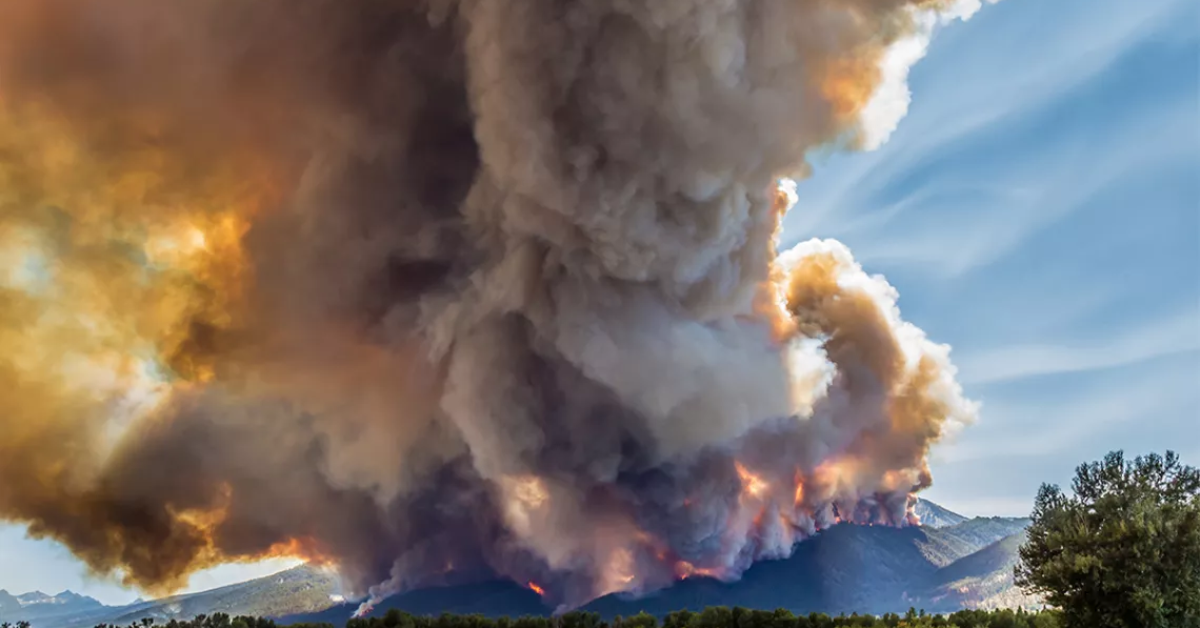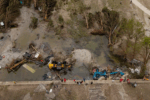Wildfires have become a growing threat in the western United States, and a new study has found that climate change is making this problem worse by increasing lightning strikes that ignite these fires. The study highlights how warmer temperatures and drier conditions are creating the perfect environment for lightning to spark wildfires, leading to longer and more intense fire seasons.
Understanding this link is crucial, especially for young people who will face the impacts of climate change in the future. By learning about the connection between climate change, lightning, and wildfires, communities can better prepare for and respond to these dangerous events.
Why Lightning-Caused Wildfires Are Increasing
Lightning has always been a natural cause of wildfires, but recent research shows that climate change is increasing both the frequency and intensity of lightning storms in the western U.S. Warmer air can hold more moisture, which can lead to more powerful thunderstorms producing lightning. According to the study published in the journal Nature Communications, the number of lightning strikes in the western U.S. is projected to increase by up to 50 percent by the end of this century because of rising temperatures.
This means more opportunities for lightning to start fires, especially in dry landscapes where vegetation is parched and ready to burn. The combination of more lightning and drier fuels greatly raises the risk of wildfires spreading rapidly.
The Impact of Climate Change on Wildfire Seasons
Climate change doesn’t just increase lightning frequency; it also lengthens wildfire seasons. With hotter, drier weather lasting longer each year, forests and grasslands are more vulnerable for more months. The U.S. Forest Service reports that wildfire seasons across the western states have expanded by nearly 78 days since the 1970s.
Longer wildfire seasons put added pressure on firefighting resources and increase the risk for communities living near forests. Additionally, the smoke from these fires worsens air quality and can cause health problems, especially for young people and those with respiratory issues.
What This Means for Young People and Communities
Young people in the U.S. and around the world are already experiencing the effects of climate change in many ways. The rise in lightning-caused wildfires is one clear example of how changing weather patterns can impact daily life. These fires threaten homes, wildlife, and air quality, making it essential to take climate action seriously.
Communities can prepare by improving early warning systems and supporting forest management practices that reduce fire risks. Increasing awareness about these changes encourages everyone, including students and young adults, to support environmental policies aimed at reducing greenhouse gas emissions.
Steps Scientists Recommend to Address the Issue
Experts emphasize that fighting climate change is the key to reducing the risk of lightning-sparked wildfires. This involves transitioning to cleaner energy sources, protecting forests, and adopting sustainable land management practices. Research from the Environmental Protection Agency (EPA) highlights how reducing carbon emissions can help slow temperature rise and limit wildfire risks.
At the same time, investing in better firefighting strategies, such as controlled burns and improved monitoring of lightning activity, can help contain wildfires before they spread widely.
Looking Ahead: Preparing for a Hotter, More Volatile Future
As the climate continues to change, lightning-caused wildfires in the western U.S. are expected to become more frequent and destructive. By staying informed and supporting climate action, younger generations can play a vital role in protecting their communities and the environment.
For those interested in learning more about this topic and what can be done, reliable information is available from organizations like the National Geographic and government sources. Understanding the problem is the first step toward building a safer, more sustainable future for all.







